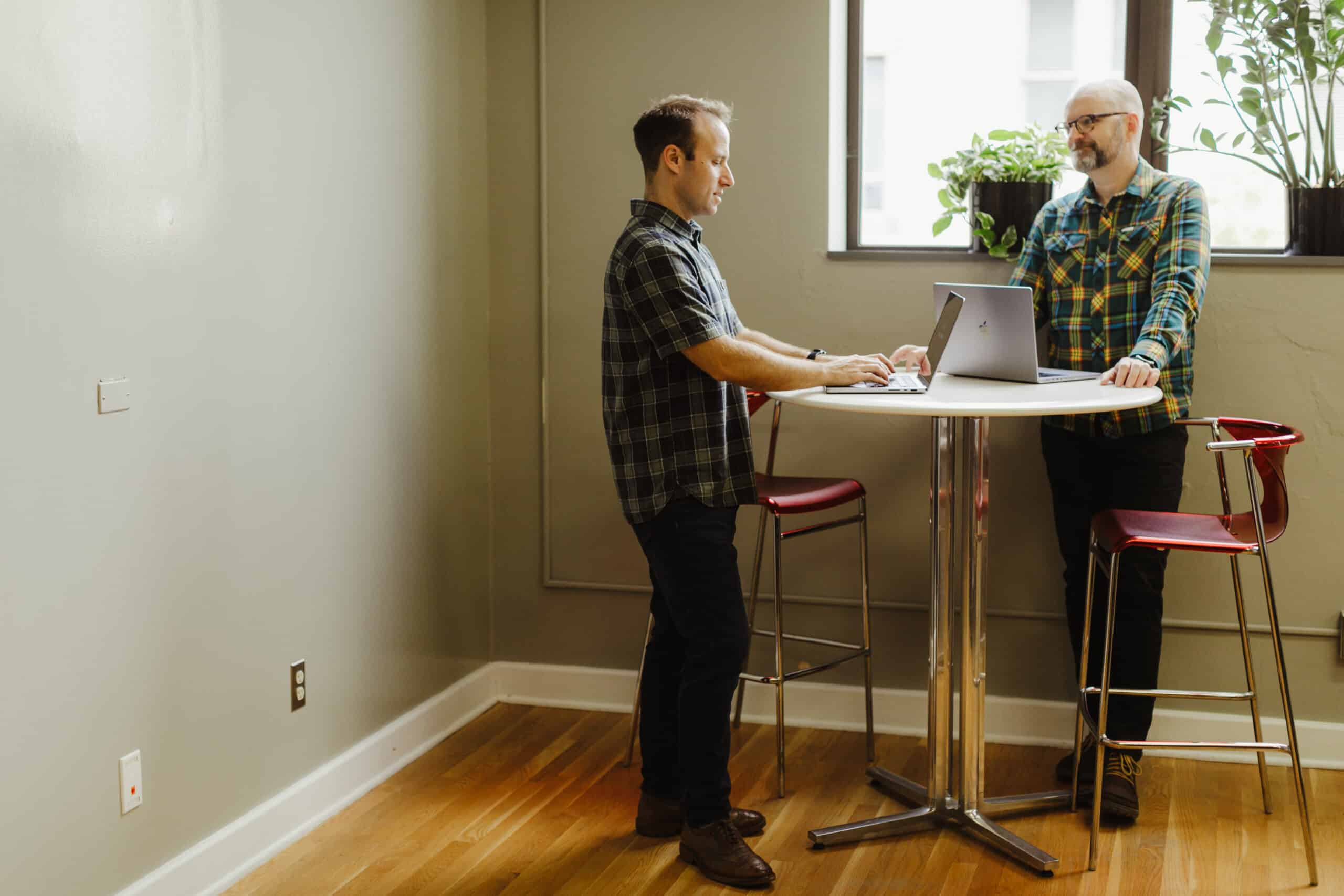Recently our leadership team has been working with Monica Worline from the University of Michigan Center for Positive Organizations. We are tackling this key question: how can we improve our work output and maximize our creativity and energy? This question is particularly important for knowledge workers who get pulled in many different directions and are simultaneously called upon to do focused creative work. One technique Monica has taught us involves mindfulness of our energy levels throughout the day. We have learned how to restructure our time manage our mental energy levels and do our best work. I’ll summarize some of what we learned in this post.
Stress
We’ve been reading an excellent book written by Gloria Mark, Attention Span: A Groundbreaking Way to Restore Balance, Happiness and Productivity. In the book, the author explains the concept of psychological balance. Our autonomic nervous system controls body processes and is comprised of two parts: the parasympathetic and sympathetic. The parasympathetic system regulates rest and recovery functions, while the sympathetic system controls the fight-or-flight response when we meet stressful situations.
If we spend too much time in a stressful state, the sympathetic system dominates. That can lead to bad health outcomes (for example, hypertension), exhaustion, and burnout. It generally stops us from being at our best at work and home.
Throughout our day, we have tasks that must be done, but these tasks aren’t all alike and don’t feel the same. Some involve stressful, focused interactions (e.g., a high-pressure meeting with an unpleasant co-worker). Others are more relaxed and rote (perhaps a weekly gathering of report data and plugging it into a spreadsheet). Filling our days with stressful tasks leaves us drained and exhausted and limits our ability to be creative. When we do spend a day grinding stressful, unpleasant tasks, we aren’t at our best.
Self-Awareness and Energy Management
The usual way we think about scheduling our days is a list of tasks to do. We line up the work so it fits neatly in the day based on how long we think it will take. This thinking leads to the idea that maximizing productivity means squeezing in as many tasks as possible. The problem with this approach is it ignores the reality that some tasks are stressful and drain our energy, while others are relaxing and replenish our energy. The reality is that each of us has a limited amount of mental energy in the day, so it would behoove us to take a different approach to planning our day.
- Pay attention to what tasks drain your energy, and what tasks replenish your energy throughout the day. It’s not the same for every person.
- Consider interspersing low-stress (replenishing) tasks with higher-stress (draining) tasks throughout the day. Don’t schedule back-to-back-to-back stressful meetings. Long streaks of high-stress, high-attention work is draining.
- Think about including light physical activity as a replenishing tool. I’m fortunate to have the flexibility to take some calls or meetings while walking, and that helps me replenish after long stretches of focused screen time.
Planning my day with the above ideas in mind helps me keep my cognitive resources “topped off” so I don’t run out of gas in my mental tank.
Emotions and Negative Space
Two other interesting concepts impacting our daily productivity and mental resources are emotions and the concept of negative space. First, let’s talk about the “emotional valence” of tasks. That means when you do them you feel positively or negatively. How one feels emotionally about a task varies from person to person.
Unfortunately, we can’t work only on positive tasks all day every day, since negative tasks also must get done. Since we can’t avoid the negative tasks completely, we should try to manage their effects by timing them mindfully. Some tactics that make sense to me are:
- Time negative tasks before a positive and replenishing task or activity. For example, a tough meeting before a lunch break.
- Limit my interaction with distracting, negative tasks (for me, checking and responding to emails). I set aside times in the day to read and respond to these with the broader emotional and energy picture in mind.
- Assess if my cognitive resources or emotional state is low. If so, I permit myself to do something less taxing at that time and re-arrange (without procrastinating) the difficult, stressful items.”Negative Space” sounds like a bad thing, but it actually means “time set aside as a respite in your day.. Negative space can be as simple as gazing out the window for a few minutes or taking a short walk. And, it can be interspersed throughout our daily activities to give us a much-needed reset between challenging, focused work. One tactic I’ve used to enable negative space is adjusting my calendar settings to default to 45- or 50-minute meetings instead of filling an entire hour. This creates natural moments between tasks or meetings to reset.
Be Mindful
“Mindfulness” is a trendy topic these days, but being mindful about how my work tasks make me feel throughout the day and taking stock of my energy throughout the day has helped me plan work in a way that enables me to do better and feel better. If these ideas intrigue you, check out Gloria’s book.

